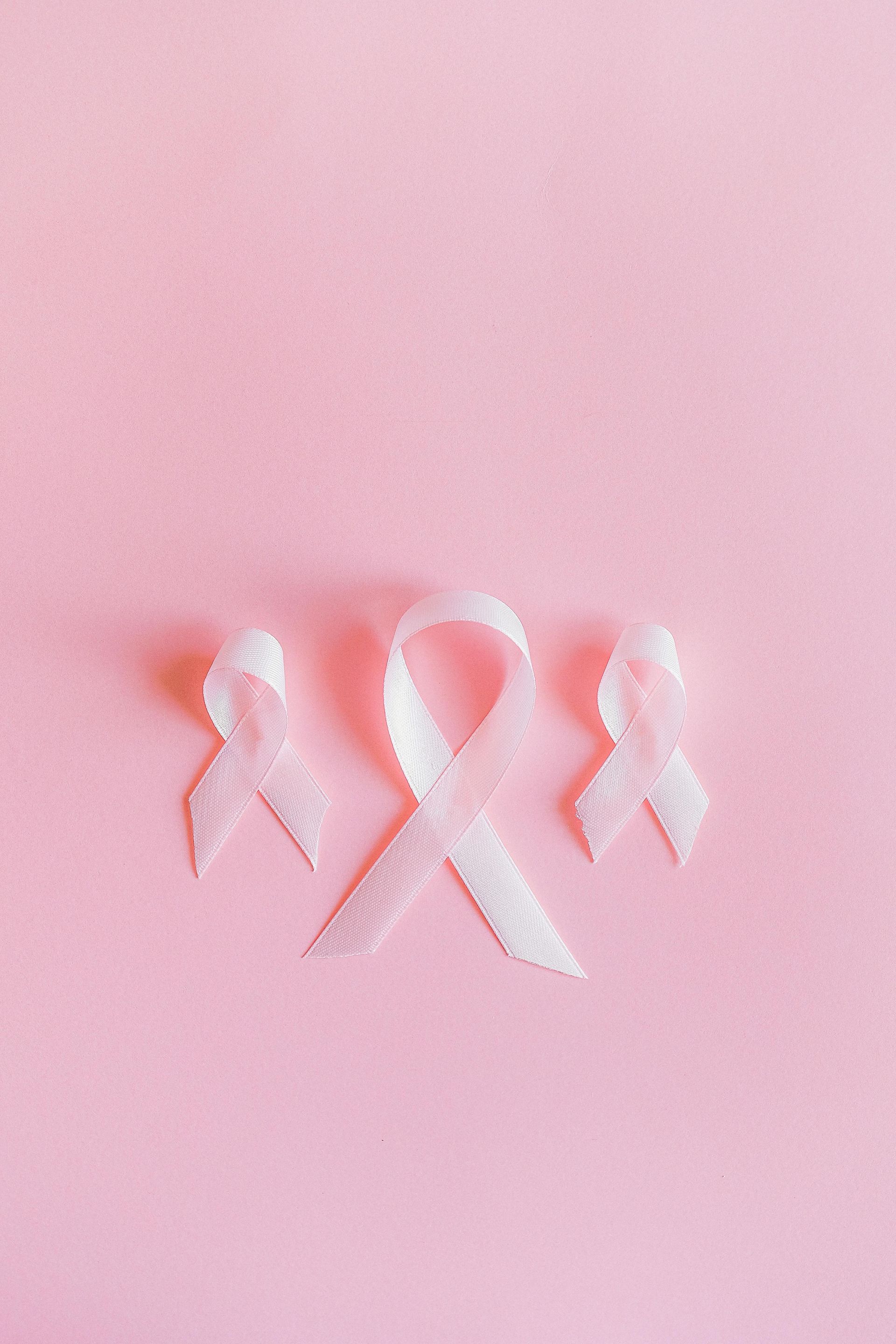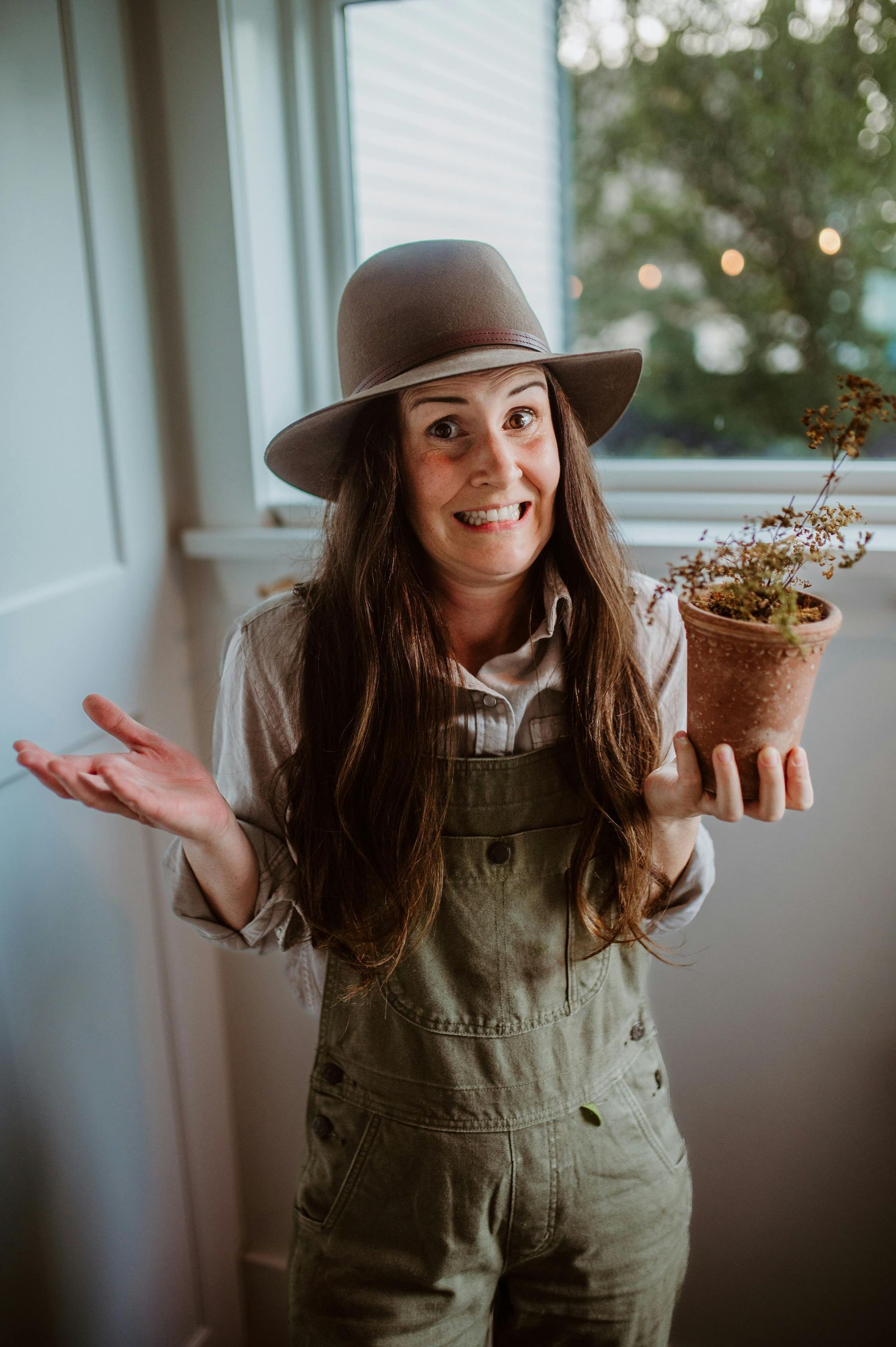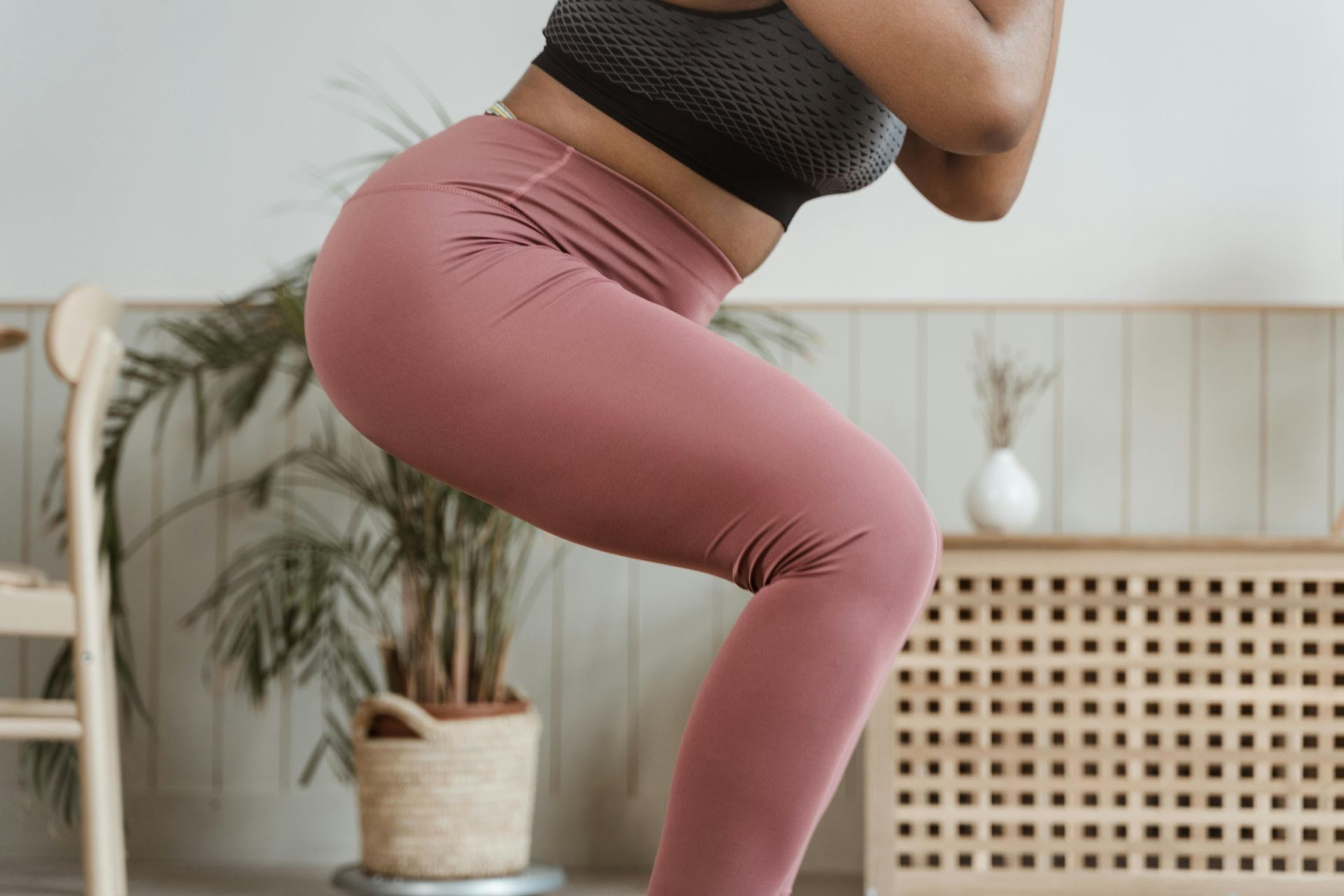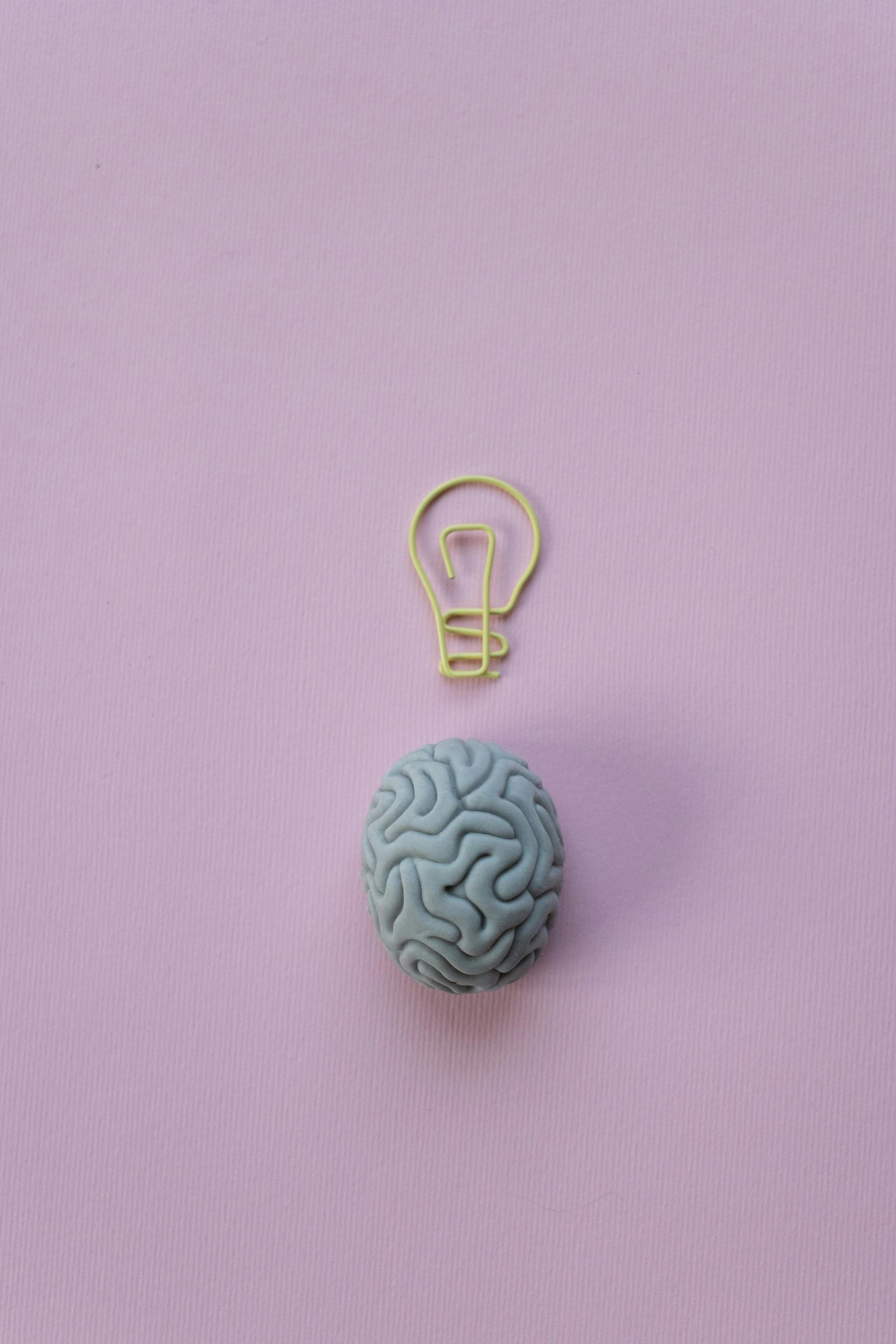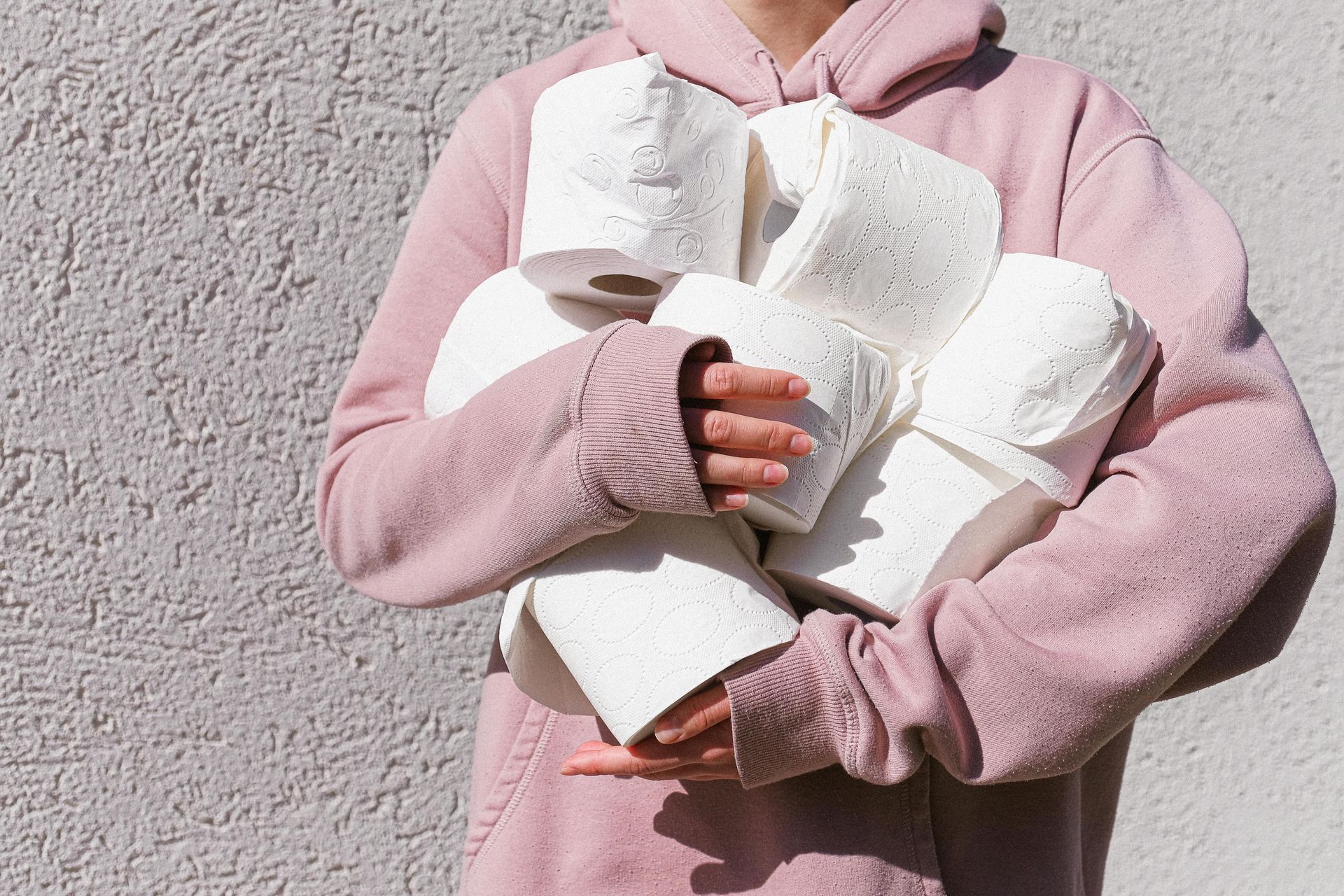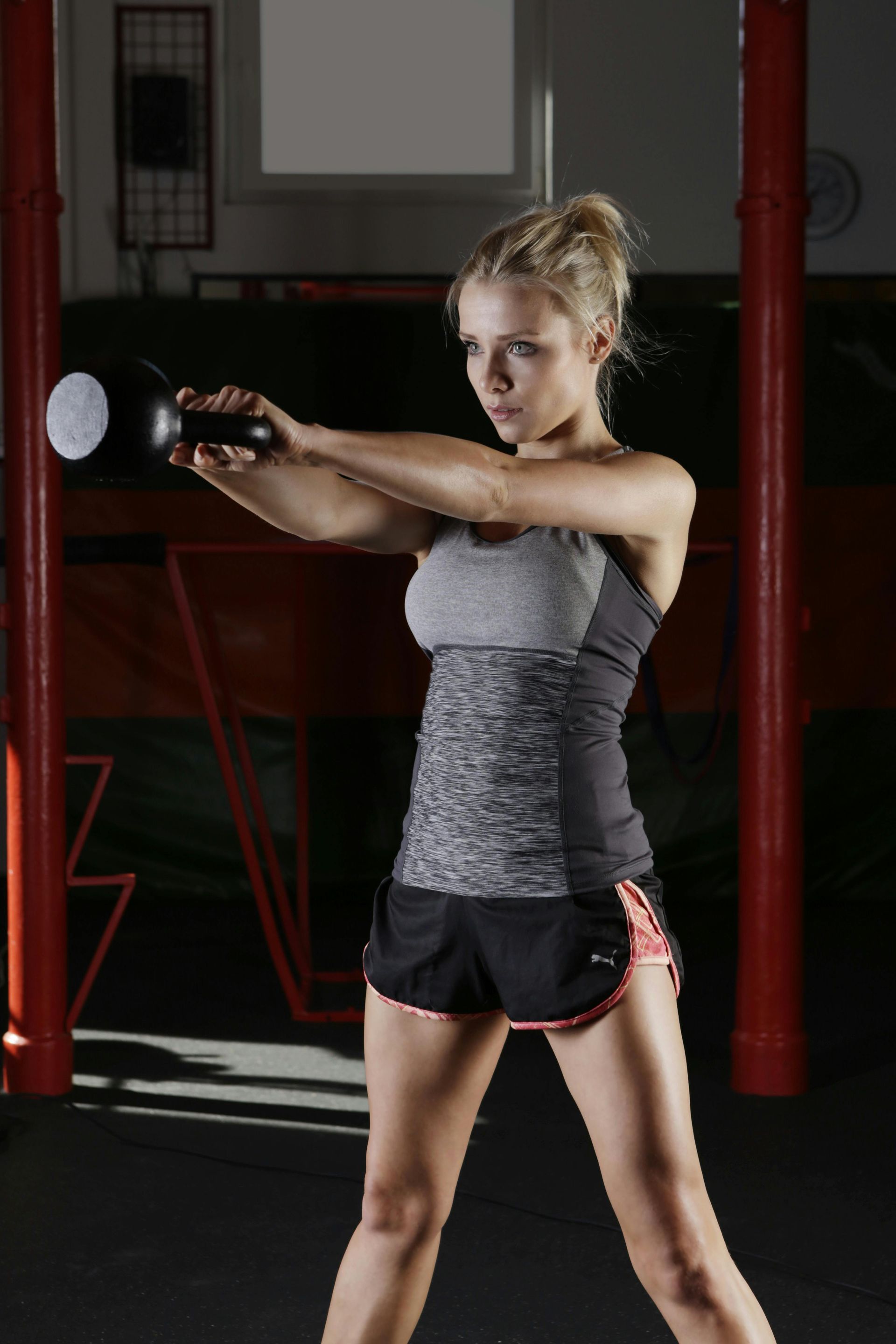Why it's harder for women to get "bulky"
Like much harder...
For those of us who were around in the 80's, there was a definite fitness vibe.
It was all about the cardio.
And looking ultra-slim (because those outfits were NOT forgiving!).
Muscles? No thank you. Not for the ladies.
"Toned" - that was the word.
What people really meant by "toned" was (is) less body fat.
So, everything about exercise was about losing weight.
The science of exercise was pretty new in those days too.
But time moves on and so does the research.
For example, we know now that exercise on its own has very little impact on weight loss.
Refresh your memory with the blog here
No more cardio?
You absolutely should be doing some cardio exercise every week.
In fact, you should be aiming for 150 minutes of moderate or 75 minutes of vigorous cardio exercise every single week.
But not for weight loss - for cardiovascular, metabolic and mental health.
Not JUST cardio!
Which brings me neatly to the nub of this blog.
It can be difficult for those of us who received years and years of conditioning that being "bulky" is bad.
The thought that we might end up looking like Arnie if we lift weights.
And that this isn't a good look on a woman.
Utter balderdash!
You definitely need to be including resistance training or weights into your weekly schedule, as well as balance and flexibility .
The research suggests that at least twice a week is a good amount.
But, and here's the important part, women in general, and older women in particular will find it VERY difficult to get "bulky".
What does it take to look like Arnie?
First you need lift heavy. And I mean heavy.
Throwing a few 2-5kg bicep curls in a couple of times a week will not give you arms like The Terminator.
Ever.
You have to put enough load through the muscles to cause them to create micro-trauma and then repair with more muscle fibres.
This takes a lot of progressive load (either more reps or more weight), over a sustained period of time to create the change.
To get to a body like Mr S, you're going to be spending HOURS in the gym lifting. Every. Single. Day.
Secondly, you need to eat enough protein to fuel the growth of muscle fibres*.
And this takes planning.
And a diet with exactly the right mix of micro and macro nutrients.
And protein supplements because more protein.
And excellent quality rest, mobility work and sleep to give your muscles the opportunity to repair.
You got time for all that shiz?
No. I thought not.
Why's it difficult for women to put on big amounts of muscle?
OK, sweeping generalisation.
I'm not saying there aren't any older women out there who aren't buff AF.
But if you're a woman past thirty, you'll find it more difficult to even retain muscle let alone put it on.
Why?
It's not just the time and effort because we're busy people!
As we age, we lose muscle mass (aka sarcopenia).
So when we lift weights, first of all battling we're against loss, before we can start to gain.
Second, hormones.
As we come into peri-menopause and beyond, our hormone levels, including testosterone, are all falling.
And they all play a part in muscle (and bone) growth, particularly testosterone.
Third, women are fundamentally different to men
We're not just a shorter version of the same design.
Women have shorter muscle fibres meaning we're less strong to start with.
So it takes you longer to be able to pick up a heavier weight versus a man.
We also have a different distribution of adipose (fat) tissue and lean muscle mass to men.
Meaning our bodies distribute fat differently and muscles might not show in the same way.
So in summary....
Don't let a misplaced fear of looking "bulky" put you off lifting weights.
The benefits of slowing or stopping sarcopenia far outweigh (pun intended) any aesthetic concerns.
Want to try lifting weights in a fun & enjoyable (for a given value of enjoyable) environment?
I have two options for you:
Our six week "LiFT & FLeX" blocks are at Hampton Pool on Wednesdays 9.15am.
You can join the Priority Wait List here to be first to hear next time I open spaces.
Or if you'd like to grab a space immediately, you can join us on Friday mornings on Zoom at 7.30am for Strength and Stretch. Book your class here
Both classes consist of thirty minutes of weight training, followed by thirty minutes of mobility/ balance work.
*Interesting story - I met a woman who was a fitness model.
She carried a tupperware pot of mackerel round with her everywhere.
She told me it was a constant struggle to eat enough protein, and snacking on mackerel every couple of hours was her answer.
Every meal she ate was tracked to within an inch of its life. No chocolate. No alcohol. Very, very dull IMHO.
